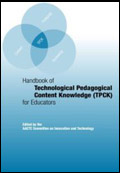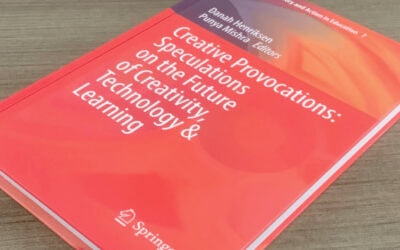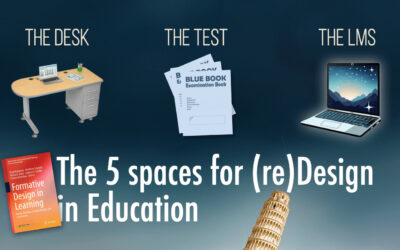Pauline Kael is regarded to be one of the best film reviewers to have ever lived. Sam Sacks has a piece on Kael in which he describes her style of film review, one based less on academic nitpicking and the presence (or absence) of directorial flourishes than on her personal aesthetic response to cinema. She is quoted as saying that there is only one rule in filmmaking:
There is only one rule: Astonish us! In all art we look and listen for what we have not experienced quite that way before. We want to see, to feel, to understand, to respond in a new way.
I read this quote and immediately realized that this rule applies to teaching as well. I have often described teaching as doing two things – making the strange familiar (an eclipse of the sun is caused by the moon falling into the earth’s shadow) or making the familiar strange (all matter is essentially empty space). What is common is the sense of surprise we experience in both cases.
It appears to me that very often we forget the value of astonishment and awe in teaching and learning. This is where the quote above really connects with my idea of teaching. Repeating the quote but by changing just one word—replacing “art” with “teaching.”
There is only one rule: Astonish us! In all teaching we look and listen for what we have not experienced quite that way before. We want to see, to feel, to understand, to respond in a new way.
How do we as educators meet this goal of “astonishing us all.”

 Handbook of Technological Pedagogical Content Knowledge (TPCK) for Educators, Edited by The AACTE Committee on Innovation and Technology
Handbook of Technological Pedagogical Content Knowledge (TPCK) for Educators, Edited by The AACTE Committee on Innovation and Technology

We wish to thank you once more for the beautiful ideas you offered Janet when preparing her own post-graduate research and, most importantly, regarding providing many of the ideas in one blog post. If we had known of your web-site a year ago, we’d have been kept from the needless measures we were participating in. Thanks to you.
We understand the need of the hour in teaching. Astonishing is a pretty good technique. However, the persistence and prolonged maintenance of this astonish us is going to be critical issue.
yes, “Atonish us!” means we always want to listen and read about new things, and even contemplate new feelings. These are also very important in education. The world changes everyday, education should be ussually refreshed to strive to a new height.
“I read this quote and immediately realized that this rule applies to teaching as well.”
You’re a star in teaching and education, Punya!!! You always try to get the new thing, apply new method! I admire you alot!
Good luck to you!
I agree! What’s amazing is that, with the practically limitless availability of fabulous resources that are available to educators now, we still find lots of classrooms with a single voice (the teacher’s) and a room full of passive, disengaged students. Most of us entered the field of education with a deep passion for our work. What happened to the passion? Are most educators burned out? What do schools need to do — and I mean everything should be on the table — to not only energize and rejuvinate teachers but to provide structures for creating engaging instruction and curriculum?